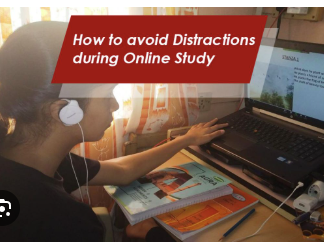In today’s digital world, clear and respectful online communication is more important than ever. Whether you’re writing emails, participating in virtual meetings, or posting on social media, your words reflect your professionalism and character. The good news? Great online communication skills can be learned and improved with a few simple habits.
1. Think Before You Type
Before sending a message, pause for a moment and ask yourself:
-
Is this clear?
-
Is my tone respectful?
-
Does this reflect how I’d speak in person?
Taking that extra second can help prevent misunderstandings and ensure your message comes across the way you intend.
2. Keep It Simple and Clear
Online messages should be easy to understand. Use plain language, short sentences, and avoid jargon unless your audience is familiar with it. Break up long blocks of text into paragraphs or bullet points for better readability.
3. Be Polite and Professional
Even in casual settings, politeness goes a long way. Use greetings, please and thank you, and respectful language. Remember, tone can be hard to interpret online—emojis or punctuation can help convey friendliness, but they should be used appropriately.
4. Practice Active Listening
In video calls or chats, show that you’re paying attention. Nod, respond thoughtfully, and ask follow-up questions. When replying to messages, take time to understand the full context before reacting.
5. Proofread Before You Hit Send
Spelling and grammar errors can distract from your message. Take a moment to proofread emails or important messages. Tools like spell check or grammar assistants can help catch mistakes.
6. Respect Differences and Opinions
Online spaces often bring together people from diverse backgrounds. Communicate in a way that’s inclusive and respectful, especially when discussing sensitive topics. Avoid sarcasm or humor that could be misunderstood.
7. Keep Learning and Practicing
Just like any skill, improving your online communication takes time. Ask for feedback from coworkers or friends, read well-written messages or articles, and observe how effective communicators engage online.






